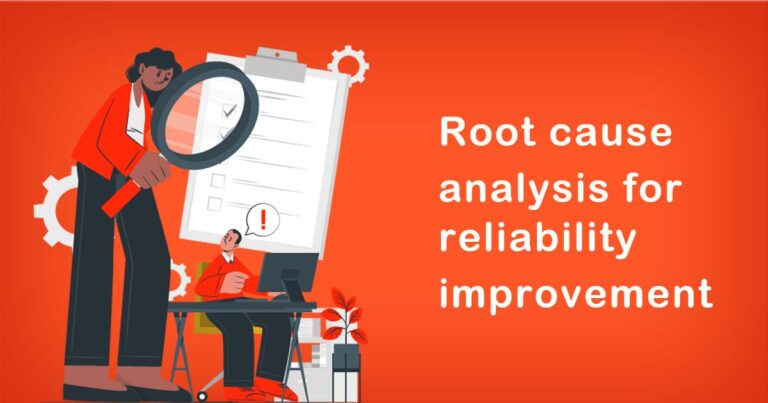Introduction
In today’s fast-paced industrial landscape, ensuring safety, efficiency, and regulatory compliance is paramount. Inspection checklists play a pivotal role in maintaining these standards across various sectors in India. From manufacturing plants to healthcare facilities, construction sites to educational institutions, the use of inspection checklists helps organizations streamline processes, mitigate risks, and uphold quality assurance.
Understanding Inspection Checklists
An inspection checklist is a systematic tool used to assess the condition, performance, or compliance of assets, facilities, or processes against predefined criteria. It serves as a structured guide for inspectors, outlining specific items to observe, test, or document during inspections. These checklists vary widely depending on the industry, regulatory requirements, and specific operational needs.
Importance of Inspection Checklists in India
India, with its diverse industrial landscape and stringent regulatory frameworks, relies heavily on inspection checklists to ensure safety, operational efficiency, and compliance with statutory norms. Industries such as manufacturing, healthcare, construction, and food processing adhere to sector-specific checklists to maintain operational integrity and regulatory compliance.
1. Enhancing Safety Standards
Safety is a primary concern across Indian industries. Inspection checklists help identify potential hazards, safety violations, and necessary corrective actions. For instance, in manufacturing plants, checklists ensure adherence to safety protocols for machinery operation, electrical installations, and hazardous material handling, thereby minimizing workplace accidents.
2. Ensuring Quality Assurance
Quality control is critical in maintaining product integrity and customer satisfaction. Inspection checklists in manufacturing facilities outline quality parameters such as dimensions, material specifications, and finishing standards. Regular inspections ensure that products meet industry standards and customer expectations.
3. Regulatory Compliance
India’s regulatory environment mandates adherence to specific standards across industries. Inspection checklists serve as tools to verify compliance with laws, standards, and certifications. For instance, in healthcare, checklists ensure compliance with hygiene protocols, equipment calibration, and patient safety measures mandated by regulatory bodies like the Health Ministry and Medical Council of India.
4. Operational Efficiency
Efficient operations are crucial for productivity and cost-effectiveness. Inspection checklists streamline routine inspections of equipment, facilities, and processes, identifying inefficiencies, equipment malfunctions, or maintenance needs promptly. This proactive approach minimizes downtime, optimizes resource utilization, and extends equipment lifespan.
Components of an Inspection Checklist
A well-designed inspection checklist typically includes:
- Item Description: Clear identification of the asset or process under inspection.
- Inspection Criteria: Detailed criteria or standards to assess during inspection.
- Checklist Items: Specific tasks, measurements, or observations to be documented.
- Remarks/Findings: Space for inspectors to note observations, deficiencies, or areas needing improvement.
- Corrective Actions: Instructions for addressing identified issues or deficiencies promptly.
Implementing Effective Inspection Checklists
To maximize the effectiveness of inspection checklists in Indian industries, organizations should consider the following best practices:
Customization:
Tailor checklists to reflect industry-specific requirements, regulatory standards, and operational nuances.
Training:
Provide comprehensive training to inspectors on checklist usage, inspection techniques, and regulatory compliance.
Regular Updates:
Periodically review and update checklists to align with evolving regulations, technological advancements, and organizational changes.
Digitalization:
Embrace digital tools and mobile applications for checklist implementation, data collection, real-time reporting, and trend analysis. This enhances efficiency, accuracy, and accessibility of inspection data.
Case Study: Implementing Inspection Checklists in Indian Manufacturing
A leading automotive manufacturer in Pune adopted customized inspection checklists to enhance quality control across its production lines. These checklists integrated quality parameters, safety protocols, and regulatory requirements specific to automotive manufacturing. As a result, the company achieved a significant reduction in defect rates, improved compliance with international standards, and streamlined audit processes.
Conclusion
In conclusion, inspection checklists are indispensable tools for maintaining safety, quality, and compliance across diverse industries in India. By leveraging these structured guides, organizations can enhance operational efficiency, mitigate risks, and uphold regulatory standards effectively. As India continues to advance industrially, the role of inspection checklists in ensuring safe, efficient, and compliant operations remains pivotal.








